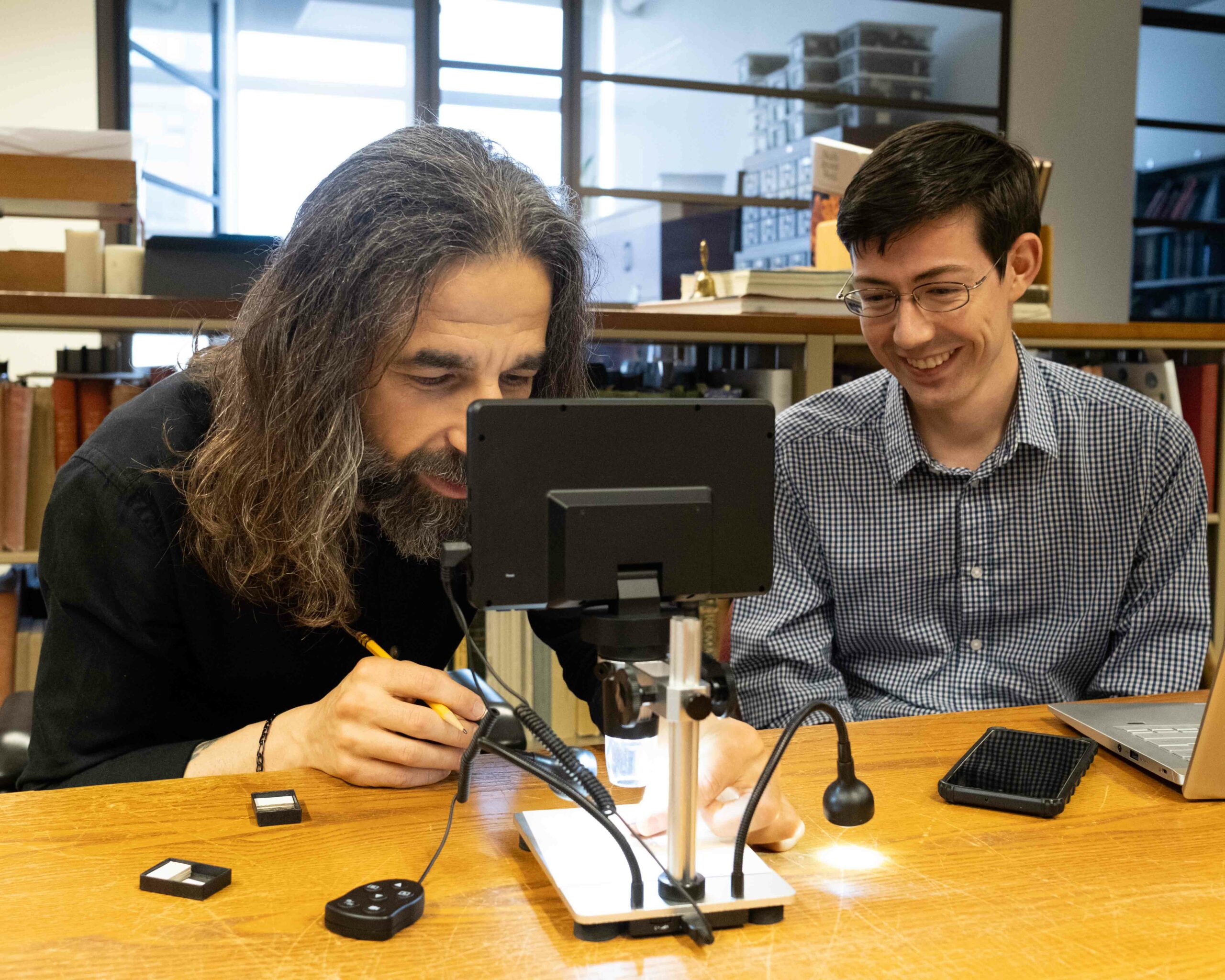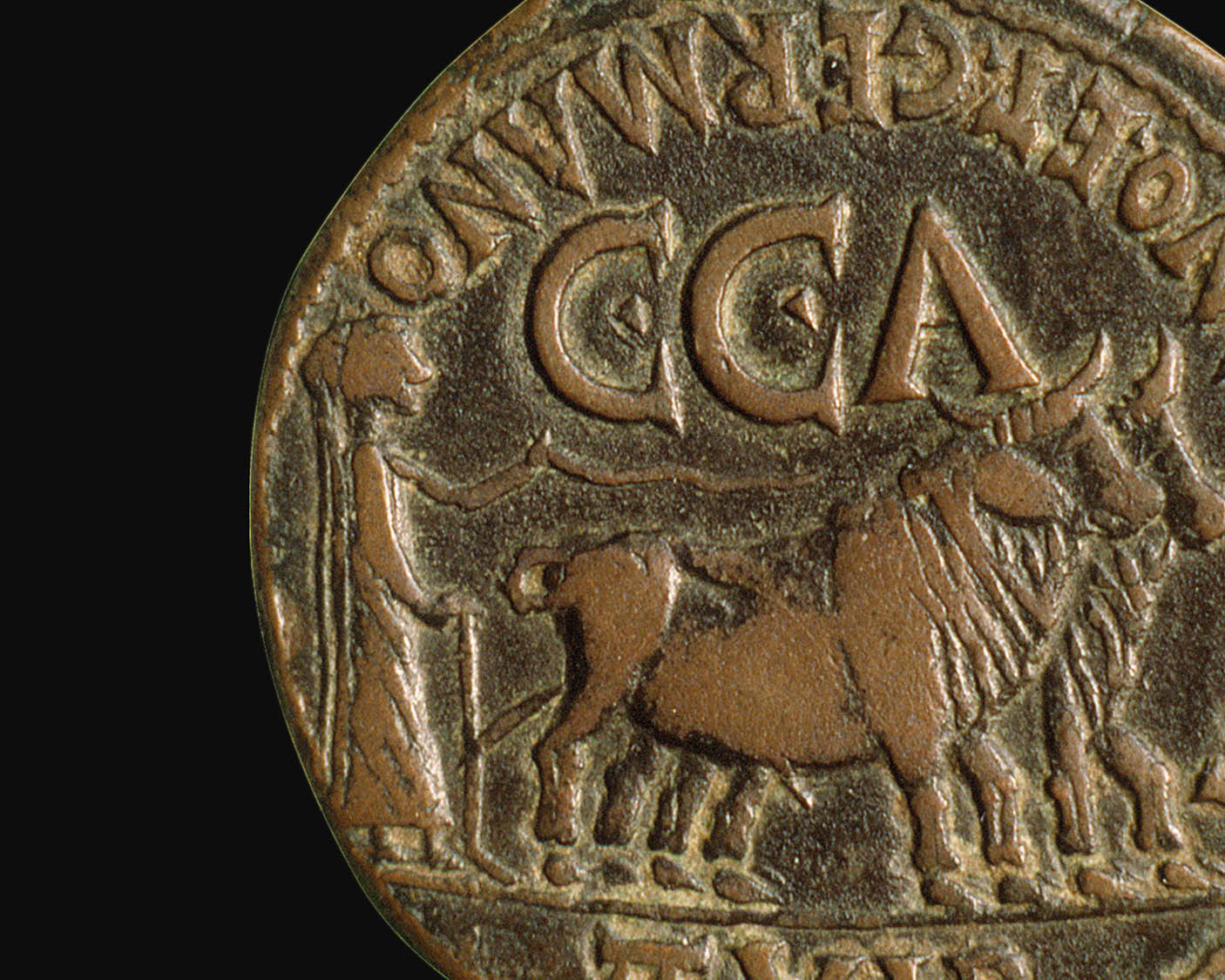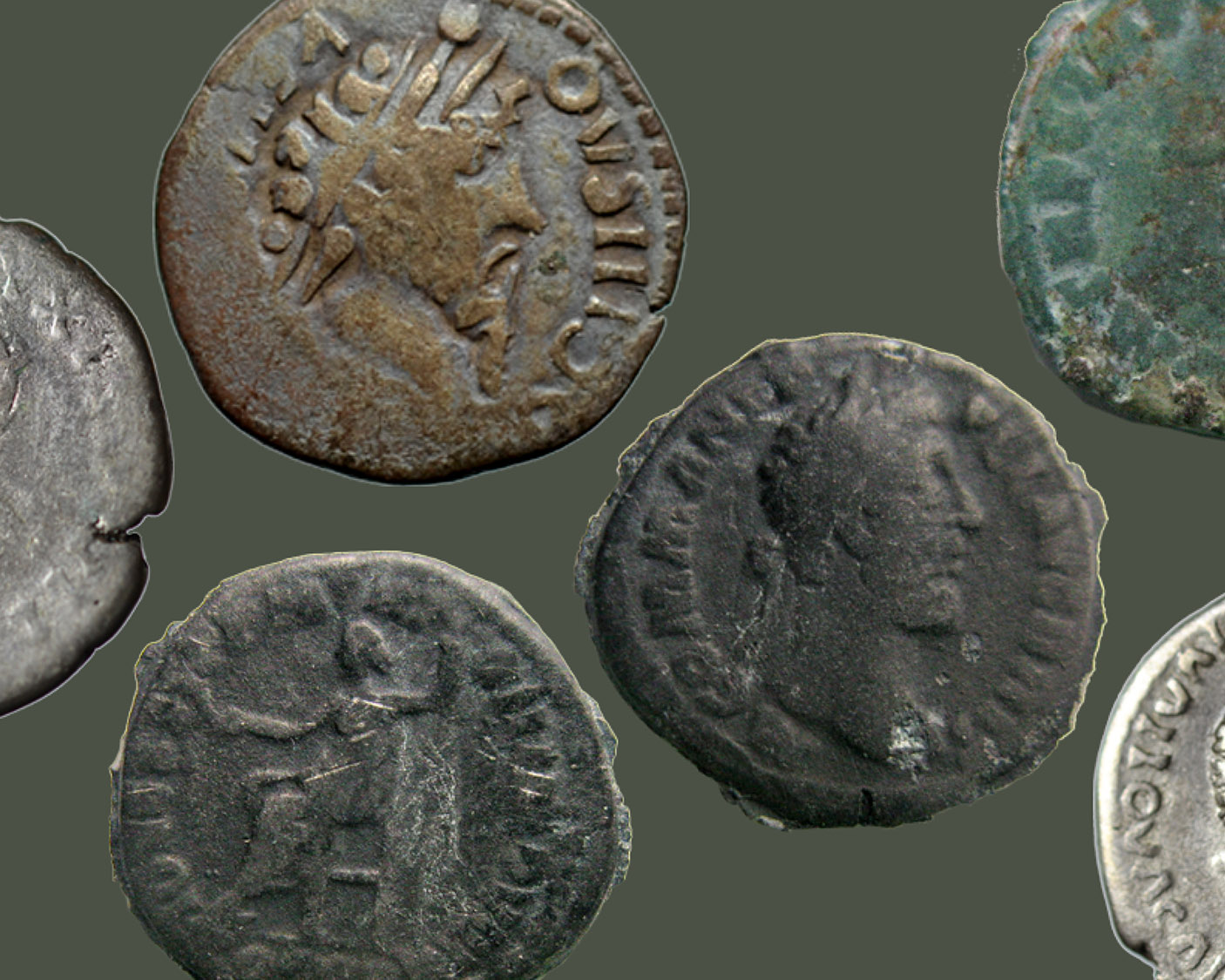February 2019 eNews
ANNOUNCEMENTS & UPCOMING EVENTS

March “Money Talks”
Join Donald Squires on March 9 for Reading Byzantine Coins. With Latin, Greek, or both and written in a mixture of the Greek and Roman alphabets, the inscriptions on Byzantine coins can be tricky to decipher. Providing a guide to the interpretation of Byzantine coin inscriptions, this talk will analyze a variety of coins. Space is limited. RSVP to membership@numismatics.org. More…

A Proxy Hasmonean Silver Coinage?
On March 9, ANS Adjunct Curator Oliver Hoover will speak on “A Proxy Hasmonean Silver Coinage? The Unique Seleucid Tetradrachm of Gaza and its Political Implications” at the Eleventh Seminar on Middle Eastern and Central Asian Numismatics in Memoriam Boris Kochnev (1940–2002) held at Hofstra University. More…

The World Between Empires
The World between Empires: Art and Identity in the Ancient Middle East will be on view from March 18–June 23, 2019 at the Metropolitan Museum of Art. For over three centuries, the territories and trading networks of the Middle East were contested between the Roman and Parthian Empires (ca. 100 BC–AD 250), yet across the region life was not defined by these two superpowers alone. Thirteen ANS coins from Parthia, Judea, Syria, the Roman Republic and the Roman Empire will be included. More…

The Medallic Arts and Ophthalmology
On March 17, ANS Chief Curator Dr. Peter van Alfen will present Samuel Mackenzie Elliot: New York City Oculist, at the 32nd annual meeting of the Cogan Ophthalmic History Society in Washington, DC. Elliot was a colorful figure, who, besides his successful medical practice, established a village, “Elliotville” in Staten Island that attracted many prominent abolitionists as his patients, such as Francis Shaw and his family. Members of the Shaw family, as well as Elliotville neighbors were portrayed by leading medallic artists including August Saint Gaudens and Victor David Brenner. More…

OCRE featured in Digital Humanities Workshop
On April 5 at Leiden University, the annual state of the art lecture of the research group The Unification of the Mediterranean World 400 BC–400 AD will be given by Prof. Dr. C. Gazdac, titled Which coins were hoarded? Why were they hidden, lost, or deposited? General and specific patterns of coin hoarding in the light of the Coin Hoards of the Roman Empire Project. The lecture is preceded by two workshops on the digital numismatic databases CHRE and OCRE. Attendance, lunch and drinks are free, but registration is required (email Liesbeth Claes: l.claes@hum.leidenuniv.nl). See Program.

The First Issue of 2019 is Almost Here!
The first issue of ANS Magazine for 2019 will ship to Members in March. It features articles on the notebooks of ANS cofounder Edward Groh (David Hill), the Virgil Brand Collection of Newfoundland Two-Dollar Gold Coins (Harvey B. Richer and Eric M. Krauss), and coinage of medieval Italy (David Yoon), along with news, new acquisitions, an interview with the editor of the Journal of Early American Numismatics, and a look back at the 2019 ANS Gala.

2019 Whitman Coin Baltimore Spring Expo
ANS Trustee Mary Lannin and Deputy Director Dr. Gilles Bransbourg are representing the ANS at the Whitman Coin Baltimore Spring Expo from February 28–March 3. Stop by Booth 1442 to renew your membership, subscribe to JEAN for 2019, or just say hello! More…

April “Money Talks”
Join ANS Board President, Sydney Martin for French Coinage Specifically for North America on April 13. What many early American coin collectors fail to recognize is that, from early in the sixteenth century until 1763, New France included most of what is now the United States west of the Appalachians, as well as most of present Canada. As such, coins minted by France with the intent of circulating only its North American colonies should be considered “coin of the realm.” More…
FEBRUARY IN REVIEW

The Third Monetary History and Numismatics Summer School
AKMED Monetary History and Numismatics Summer School, an intensive two-week (July 8–19, 2019) program, taught by Dr. Peter van Alfen and Professor Dr. Oğuz Tekin of Koç University AKMED, will give students an introduction to Greek, Roman, and Byzantine numismatics (c. 650 BC–AD 1453). More…
On February 9 Dr. Peter van Alfen invited members and friends of the ANS to the first “Money Talks” of 2019, which featured an introduction to Hellenistic Greek coinage and a good look at arguably some of the most beautiful coins in the collection. Touching on some of the current problems in Hellenistic numismatics and scholarship, Dr. van Alfen helped participants gain a better understanding of Hellenistic Greek coinages.

The Constantian Monetary Revolution
The Constantian Monetary Revolution, co-author by Prof. Roger Bagnall—Professor of Ancient History and Leon Levy Director Emeritus, Institute for the Study of the Ancient World, New York University—and Dr. Gilles Bransbroug has just been made available on ISAW Papers. Through a comparative and parallel use of papyrological and numismatic materials, the paper analyses the processes and the monetary reforms at play behind the Roman “hyper-inflation” of the mid-4th century CE, a century during which prices rose by a facto of 50,000. The Fel Temp Reparatio coinages that marked the 1100th birthday of the Urbs in 348 brought inflation to its climax, with prices jumping about twenty-fold a in matter of two or three years in 351-354. A parallel increased supply of silver coinage was allowed by the removal of silver from the existing billon coinage. These mutations led ultimately to the bimetallic gold:bronze bullion-based price system that defines the later Byzantine period.





